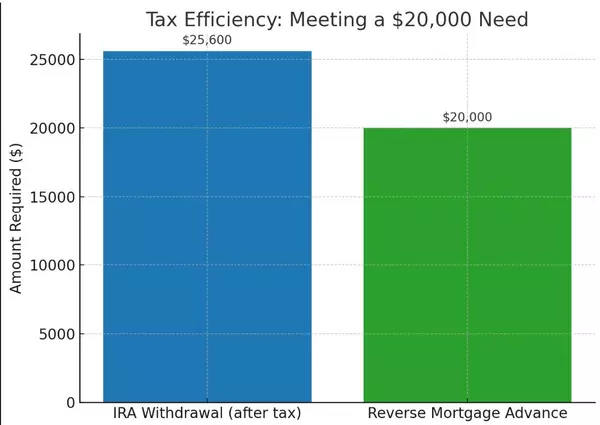Zen And The Art Of $1,000 Tomatoes
Zen And The Art Of $1,000 Tomatoes Our Southern Utah yard has spectacular views—red rock cliffs backed by snow-capped peaks. What it doesn’t have is space for a proper garden. Combine that with triple-digit summer temperatures, and gardening becomes a contact sport. For years I tried to maintain a s
Wanted: Dead or Alive—The Viability of Cockroaches: A Narrative from the Compost Heap
Wanted: Dead or Alive—The Viability of Cockroaches: A Narrative from the Compost Heap Cockroaches are survivors in the truest sense of the word. Long before humans built cities—or even before dinosaurs roamed the earth—cockroaches were already here. Their bodies are simple yet durable, their habit
September 2025 Southern Utah Real Estate Market Report, Edition # 69
Click here to see: #UtDreamHomes August 2025 Real Estate Market Report for St. George Real Estate by Dave Diegelman www.UtDreamHomes.com Feel Free to Follow Me on Social Media! September 2025 Southern Utah Real Estate Market Report, Edition # 69 Summer is over! —At least on the calendar—but S
Seniors Leveraging Reverse Mortgages as an Investment Strategy
Seniors Leveraging Reverse Mortgages as an Investment Strategy Reverse mortgages are often misunderstood. Most people picture seniors using them to withdraw equity for living expenses, vacations, or to cover unexpected bills. But what if a reverse mortgage wasn’t about taking money out at all? What
The Unique Challenges of Selling a Home for Seniors—and How I Help
The Unique Challenges of Selling a Home for Seniors—and How I Help Selling a home is rarely simple, but for seniors, it often comes with unique challenges that require a thoughtful, experienced approach. Over the years, I’ve had the privilege of helping many older clients navigate these transitions,
May 2025 Southern Utah Real Estate Market Report, Edition # 65
#UtDreamHomes May 2025 Real Estate Market Report for St. George Real Estate by Dave Diegelman www.UtDreamHomes.com Feel Free to Follow Me on Social Media! May 2025 Southern Utah Real Estate Market Report, Edition # 65 In this month's real estate market report highlight's several factors that are
The States That Are Building To Keep Homes Affordable
The States That Are Building To Keep Homes Affordable St. George Utah used to be an affordable place to retire or own a second home. Now, it is a sought after place based on our beautiful weather, majestic red rock sculptures and year-round access to outdoor recreation at our fingertips. Not everybo
#UtDreamHomes March 2025 Real Estate Market Report for St. George by Dave Diegelman
#UtDreamHomes March 2025 Real Estate Market Report for St. George Real Estate by Dave Diegelman www.UtDreamHomes.com Feel Free to Follow Me on Social Media! March 2025 Southern Utah Real Estate Market Report, Let the Games Begin! Edition # 63 In this month's real estate market report highlight's
Why Towns Adjacent to National Parks Are Poised For Prosperity...
Why Towns Adjacent to National Parks Are Poised For Prosperity Towns located near popular national parks are on the brink of substantial economic growth, thanks to their proximity to natural attractions that draw millions of visitors annually. As eco-tourism and outdoor recreation continue to gain

Dave Diegelman
Phone:+1(435) 703-4041








